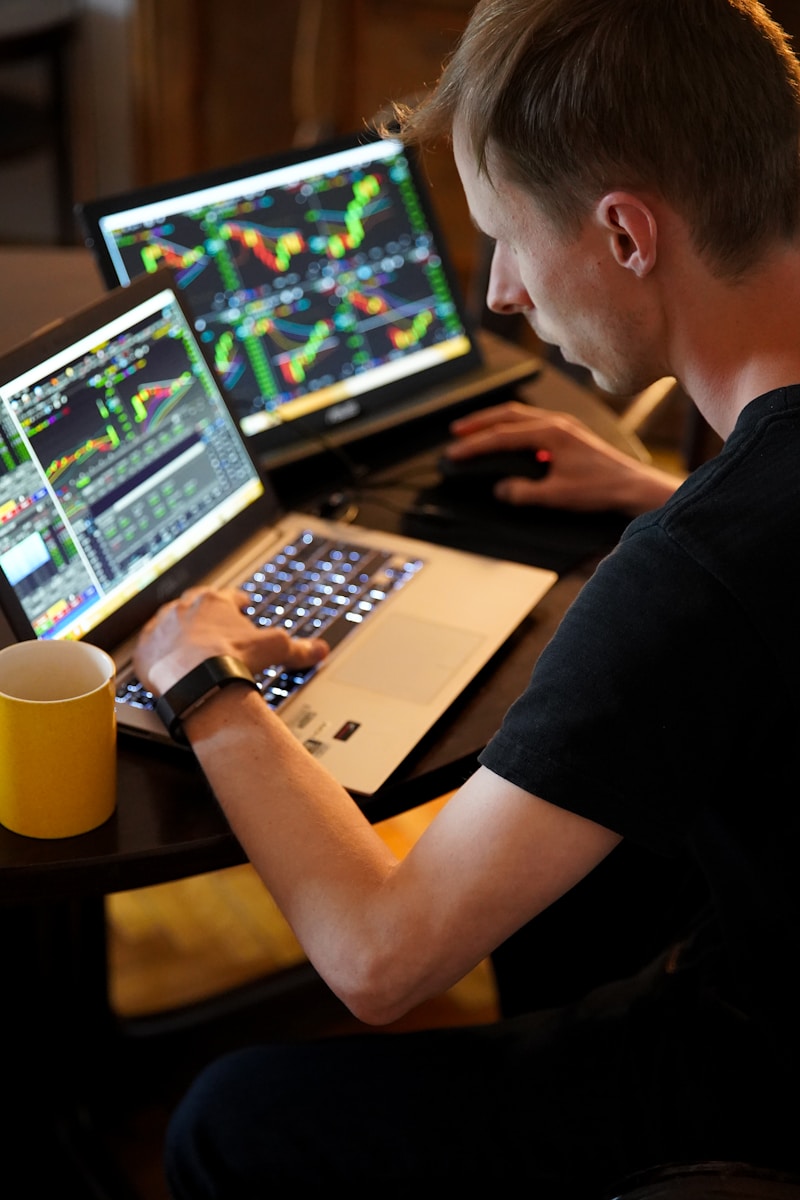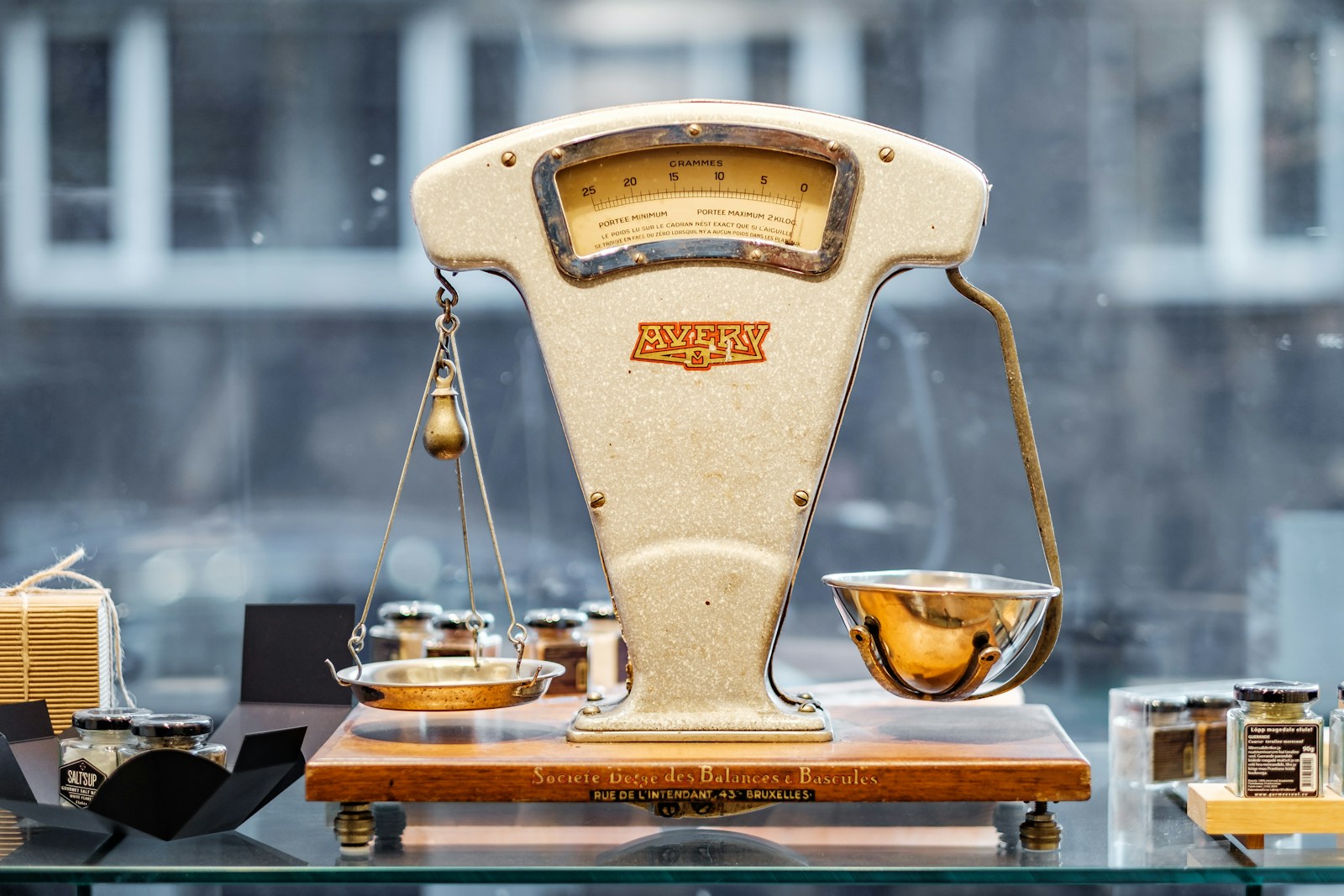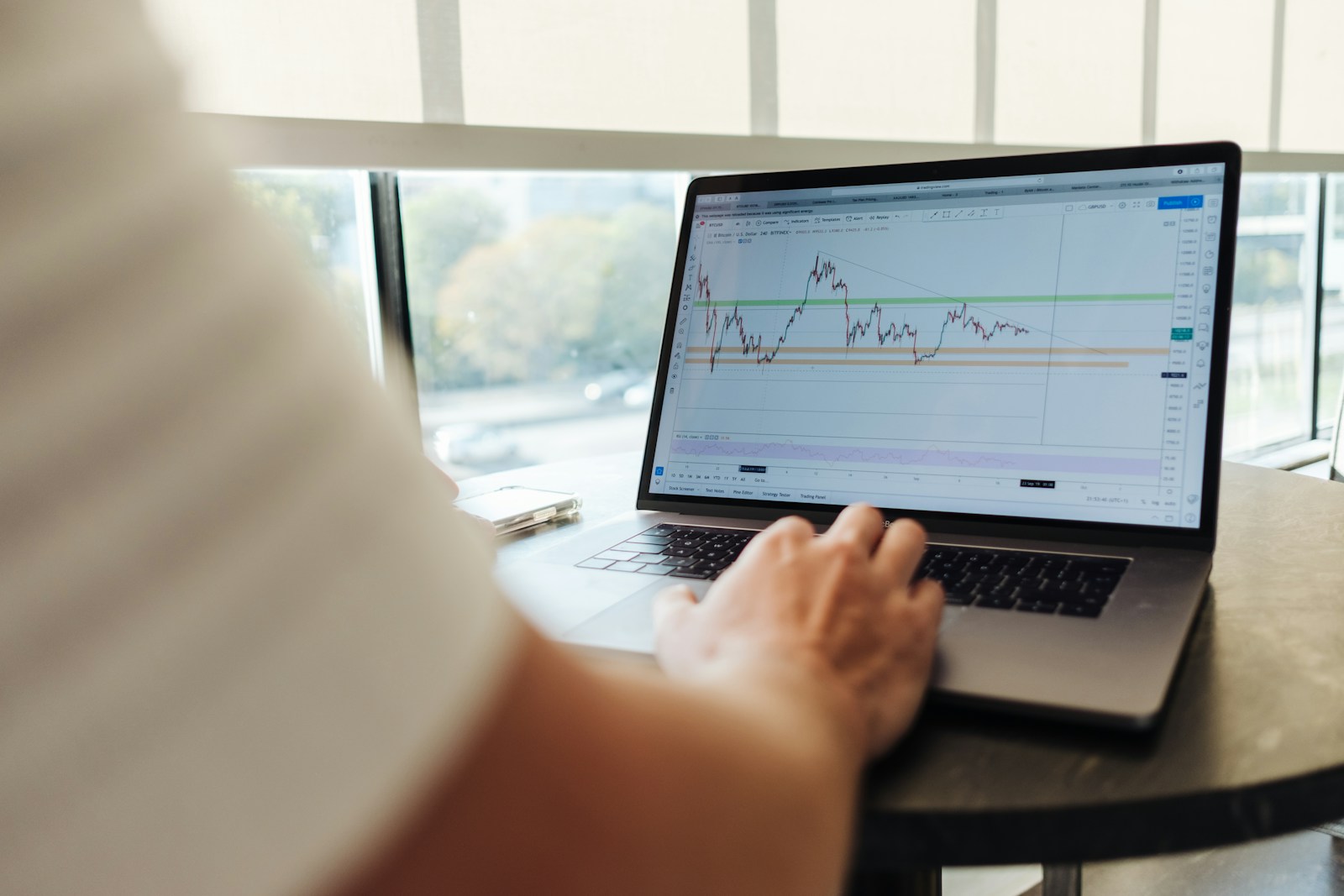In the dynamic world of trading, decision-making is a crucial skill that determines success or failure. However, traders often fall victim to cognitive biases that cloud their judgment. One of the most common and dangerous biases is confirmation bias — the tendency to seek out information that supports pre-existing beliefs while ignoring evidence that contradicts them.
Understanding confirmation bias and learning how to overcome it can significantly improve trading performance and decision-making.
What Is Confirmation Bias?
Confirmation bias occurs when traders focus on data that aligns with their market expectations while disregarding signals that challenge those views. For instance:
- A trader bullish on a stock might only pay attention to positive news, ignoring technical indicators suggesting a downturn.
- Conversely, a bearish trader might dismiss optimistic forecasts and hold onto a short position despite market recovery.
This selective perception can lead to poor trading decisions, increased losses, and missed opportunities.
Why Confirmation Bias Happens in Trading
Several psychological and emotional factors contribute to confirmation bias:
1. Emotional Attachment
Traders may become emotionally invested in their analysis or position.
2. Desire for Certainty
The complexity and unpredictability of the market drive traders to seek comfort in affirming information.
3. Ego Protection
Admitting that one's initial analysis was wrong can be difficult, leading traders to cling to supportive data.
4. Information Overload
With countless market signals, traders may selectively filter information to avoid cognitive overload.
The Dangers of Confirmation Bias in Trading
1. Missed Warning Signs
Ignoring contradictory signals can lead to holding onto losing positions for too long.
2. Overconfidence
Selectively focusing on positive outcomes can foster overconfidence and increased risk-taking.
3. Inconsistent Strategy
Basing decisions on cherry-picked information undermines a disciplined trading approach.
4. Emotional Turmoil
When trades go wrong, traders who succumb to confirmation bias may experience heightened frustration and stress.
How to Overcome Confirmation Bias
1. Maintain Objectivity
Approach each trade with a neutral mindset. Avoid becoming emotionally attached to any position or analysis.
2. Seek Contradictory Evidence
Make it a habit to look for information that challenges your assumptions. Question whether opposing data has merit.
3. Use a Trading Plan
Establish clear entry, exit, and stop-loss criteria based on objective analysis rather than subjective beliefs.
4. Practice Journaling
Keep a trading journal to document your decision-making process, including the rationale for trades and the information you considered.
5. Regularly Review Trades
Analyze past trades to identify instances where confirmation bias influenced your decisions. Learn from these experiences.
6. Set Rules for Information Gathering
Define a systematic approach to analyzing market information, ensuring a balanced evaluation of both supportive and contradictory data.
7. Use Risk Management Tools
Implement stop-loss orders to protect yourself from the consequences of biased decision-making.
8. Seek Feedback from Others
Discuss your trades with other traders or mentors who can provide objective perspectives.
9. Leverage Technology
Use algorithmic tools or automated systems for analysis to reduce the influence of cognitive biases.
10. Develop a Growth Mindset
Embrace the idea that being wrong is part of the learning process. Acknowledge mistakes and use them to improve your skills.
Real-Life Example: A Lesson in Objectivity
Emma, a forex trader, was confident that the USD would strengthen against the EUR. She ignored data showing weakening U.S. economic indicators, focusing solely on news that reinforced her belief. As the market moved against her position, she held on stubbornly, incurring significant losses.
After reviewing her trading journal, Emma recognized her confirmation bias. She implemented a rule to seek out at least two pieces of contradictory evidence before making a trade. This shift led to more balanced decision-making and improved trading outcomes.
Conclusion
Confirmation bias is a powerful psychological force that can undermine trading success. By acknowledging its influence and adopting strategies to overcome it, traders can make more objective, rational decisions.
Remember, the market doesn’t care about your beliefs — it rewards those who can adapt and respond to reality. Stay curious, stay objective, and you'll be better positioned for long-term trading success.









